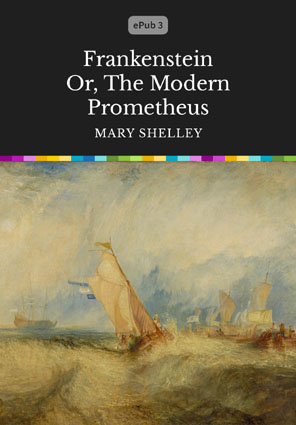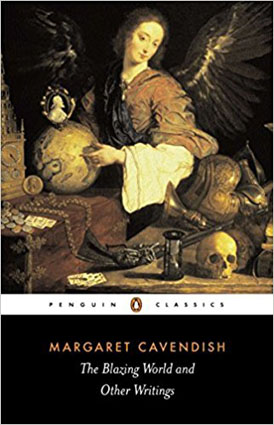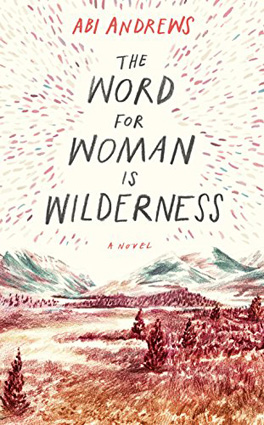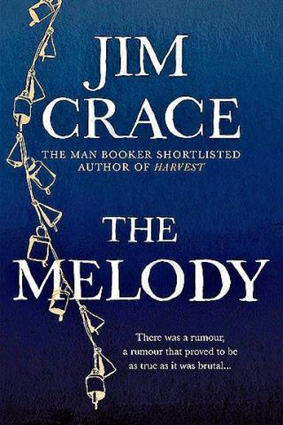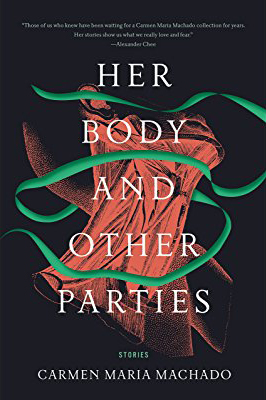It’s so interesting reading Mary Shelley’s hugely influential novel “Frankenstein” after having so recently read Margaret Cavendish’s fantastically bizarre “The Blazing World” since both of these novels begin with a journey to the North Pole. I’ll need to read more about Shelley’s life and influences, but I assume having published her novel 152 years after Cavendish’s she must have been somewhat influenced by it – not just by the story’s action but the engagement she makes with scientific and philosophical ideas. Although, I have to say, Shelley’s novel is far more immediately engaging and readable for the incredibly gripping and sympathetic plot she created. While doctor Frankenstein’s infamous creation may have been reduced to an unreasonable monster in popular culture, in the novel he’s incredibly sensitive and articulate. It’s the fact that society sees Frankenstein’s creation as a monster that turns him into a monster rather than there being anything inherently evil about him. For this reason, I can see why this novel has really stood the test of time. As the ultimate tale of an outsider to society, it has a universal resonance and its meaning is still powerful today – for instance, Guillermo del Toro credited and thanked Mary Shelley when he won best director at this year’s BAFTAs for his film ‘The Shape of Water’.
I was encouraged to finally read this novel because of my involvement in curating the “Rediscover the Classics” project for the company JellyBooks. I talk more about this project and how you can join in with it in this video. It gives a great excuse for finally getting around to reading some much-lauded books. It feels especially poignant reading “Frankenstein” this year because it’s been exactly 200 years since it was first published. That a novel written so long ago can still feel so fresh and relevant is astounding. It’s no wonder that this book makes such a great choice for classrooms because young people can naturally relate to and understand the intense feelings it expresses of being an outsider – and the language it uses is very easy to read. There are so many moral and social issues raised in the plot that can be considered from different angles. It considers notions such as ambition, artificial intelligence, community, education, revenge, righteousness and many more.
It’s interesting how Shelley frames her story within the correspondence between a captain named Robert Walton with his sister Margaret. By beginning and ending the novel with his perspective it’s like she keeps this dramatic tale at arm’s length and invites the reader to consider how they would react if they came across a monstrous giant being chased through the arctic by his tortured and resentful creator. It’s also interesting how Robert insists how lonely he has become in his journey towards the North Pole in his quest to achieve some success and fame. This parallels with Frankenstein’s creation who expresses such an achingly intense feeling of loneliness in being rejected by anyone he encounters because they are repulsed by his hideousness. Frankenstein’s drive to achieve scientific recognition led to him creating an independent being that he quickly discarded. It’s as if Shelley is stressing how important it is to maintain empathy when attempting to realize our ambitions because we can easily forget about other people’s feelings in our drive towards achieving success and furthering the progress of civilization.
A depiction of Frankenstein's creation in a film from 1910.
Something I found curious about the story is when Frankenstein’s creation describes his experiences living nearby a family that he observes over many months without revealing himself. It’s touching the way she describes his appreciation for this tight-knit family and the way that he learns the elements of language and society through observing them. He beautifully expresses the propulsive force of learning: “Of what a strange nature is knowledge! It clings to the mind when it has once seized on it like a lichen on the rock.” But he also interestingly describes learning about other cultures through their subjective understanding. When describing the colonization of North America and the slaughter of Native Americans he expresses how he “wept with Safie over the hapless fate of its original inhabitants.” But he also learns disdain for “the slothful Asiatics” which are so characterized because of a complicated sub-plot to do with their family involving slavery in Turkey. It seems curious how there is empathy for one nationality, but a sharp condemnation and stereotyping of another. Certainly the politics surrounding both these areas of the world understandably lead to such broad characterisations for this particular family. But I think this shows how the family's subjectivity induces them to make generalisations about people based on nationality. It adds to the novel’s broader message about not rejecting other people because of outward appearances.
I didn’t expect “Frankenstein” to be such an emotional and heart breaking story. The isolation and misery of doctor Frankenstein’s creation is so powerfully depicted. It feels especially cruel that the creation is never given a name, but only referred to by the doctor as “the fiend” or “monster”. To deny someone a name feels like essentially depriving them of their own humanity. But the way the creation describes so vividly his feeling of longing, rejection, despair, anger and regret makes him one of the most dynamically realised humans I’ve ever read about. This is such a powerful book that I now feel eager to explore much more about Mary Shelley’s life and the many permutations of this narrative that have been created since this story’s inception 200 years ago.

